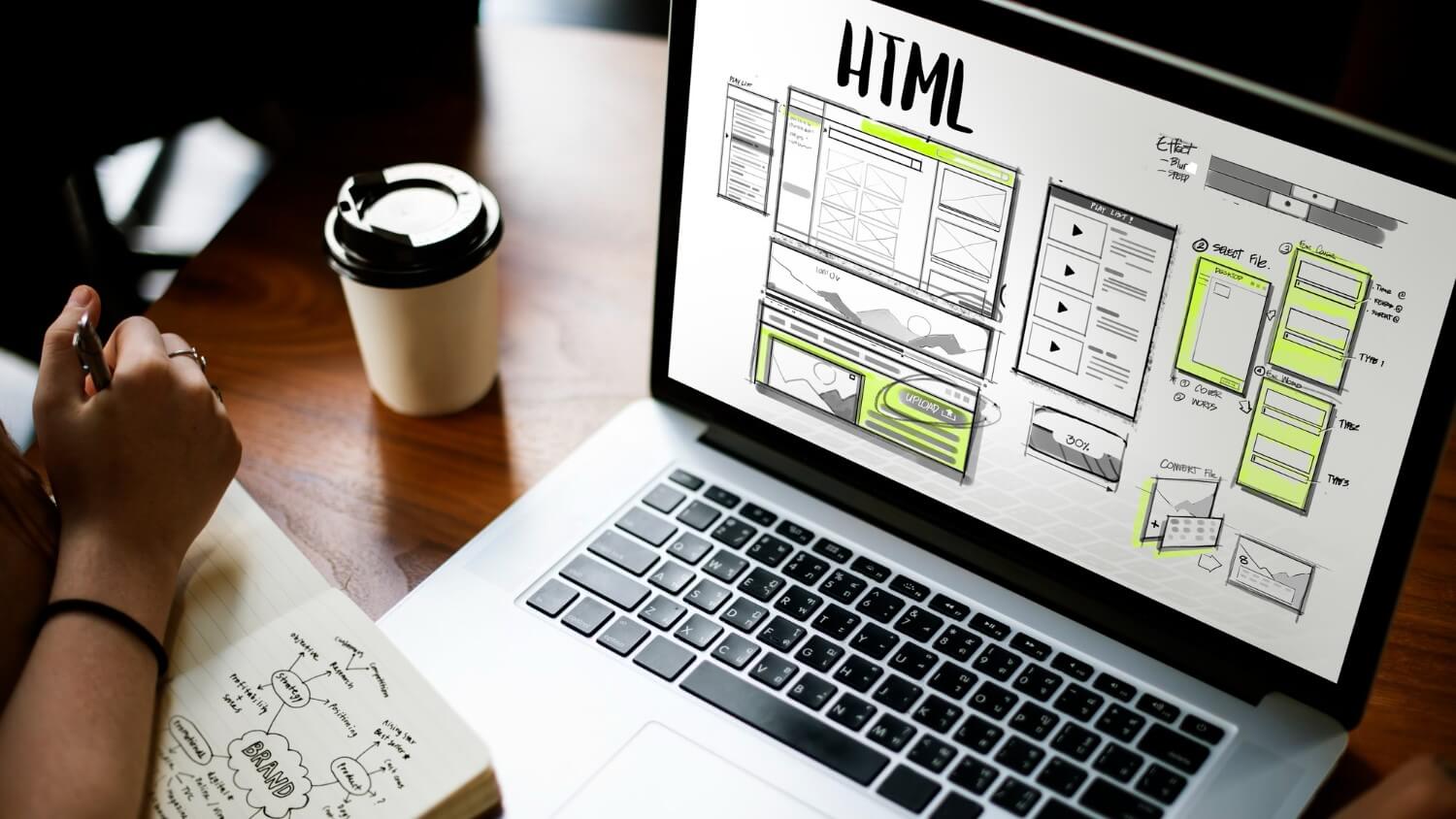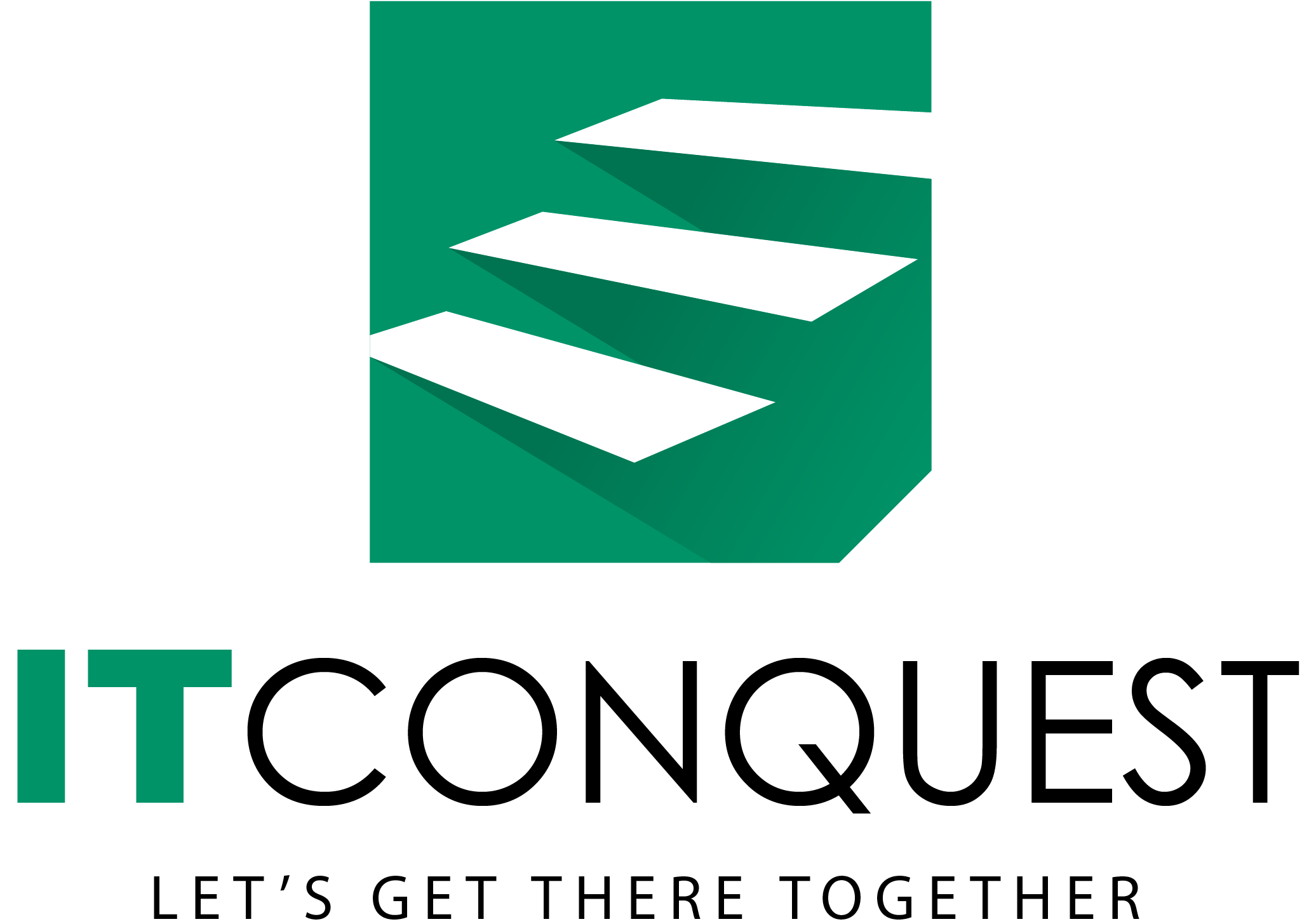Imagine clicking on a website and immediately regretting those few seconds it took from your life. A site that might actually be informational but can’t be described as neither easy – nor pleasing to navigate through and lacking overall attractiveness and usability.
We have all been there, right?
It takes about 0.05 seconds for users to form an opinion about a website that determines whether they like the site or not, whether they’ll stay or leave. While your website is essentially the digital storefront of your business, the usability is the first impression it makes on a potential customer. So in website development, the web design and strengthening its usability is of utmost importance for any SaaS product or similar web application.
And in this blog we’re going to discuss exactly how to do that in 10 ways. So let’s dive into the details.
What is the importance of a great website design?
Let’s start with why a great web design matters so much.
Web design is a combination of numerous components including- graphic design, UX design, interface design, content creation and SEO – that work together and create the overall look and feel when you’re using a website. And the best way to get rid of snap judgments on your website is to improve its design.
And you’d be surprised looking at some of the findings regarding responsiveness and usability of web design:
- 75% of consumers admit to making judgements on a company’s credibility based on the company’s website design
- Average smartphone conversion rates are up 64% compared to desktop conversion rates and 57% of internet users say they won’t recommend a business with a poorly designed website on mobile
- 38% of people will stop engaging with a website if the content or layout are unattractive
- 88% of online consumers are less likely to return to a site after a bad experience
- 39% of users will stop engaging with a website if images won’t load or take too long to load and for an average website 47% of them expect a maximum of 2 seconds loading time
- First impressions and negative website feedbacks are 94% of the time design-related
- And lastly, wait for it, slow-loading websites cost retailers $2.6 billion in lost sales each year.
Now that’s alarming.
Web design that works is web design that converts. And it’s apparent if you don’t have a web design with strong usability and accessibility, it’ll hold your brand back and cause damage in more than one way.
What is the meaning of ‘Usability Of a Website’ and why do we need to ensure it?
[Design via Mike Barnes ]
In web design, “Usability of a Website” refers to the user-friendliness of a website. It’s determined by how easily visitors are able to interact and navigate through it or find what they were looking for.
Although it is quite a broad term, web usability can be narrowed down to a few key aspects –
- Accessibility and device compatibility
- Aesthetics and attractiveness
- Relevancy and consistency
- Easy and effective navigation
- And not to mention, responsiveness of a site.
It’s a feature that focuses on designing the website tailored to the user’s needs. It utilizes user-centric design processes to ensure efficiency and ease of use for the people who actually use them, rather than the people who designed them. As a creative team specializing in web app development and UI/UX strategies, clients engage our team to build various SaaS products and relevant applications that ensures maximum usability and effectiveness.
In short, website usability is essentially focused on making a website more convenient and user-friendly. And you need to ensure it in order to –
- Provide user experience satisfaction; make the website easy to operate, navigate and understand
- Minimize the time it takes them to learn functionality and page navigation system
- Make it accessible across all devices, operating systems and browsers
- Enabling the visitors to quickly find what they are searching for
- Ensure conversion, retention and build credibility and customer loyalty
10 ways to fortify the usability of a website
Listed below are 10 valuable web design tips for strengthening its usability and creating a functional, high-quality website that’s visually appealing, and keep visitors coming back again and again.
- Focus on the website user’s needs
This is really what the entire concept of usability revolves around. Nothing is more frustrating for a website visitor than a website that doesn’t fulfill their expectations. Acting as the digital representation of a company’s voice and vision, Customer Experience (CX) is nonexistent without usability. So, it’s important to view your site from the visitor’s perspective when coming up with a design and focus on – accessibility, UX/CX, user interaction, and perform regular tests on your new site to ensure that it is easy for your visitors to find what they need.
A great example is the UI of Airbnb, which has a delightful way of portraying the voice of the brand, as well as making the process of finding a place to stay simple.
[Image via CareerFoundry ]
- Avoid the clutter
It takes 2.6 seconds for a user’s eyes to scan the website and land on the area that most influences their first impression. Earlier we mentioned how quickly a visitor decides to stay in a website or leave it based on it and the key to creating that positive first impression is to combine extreme clarity and quality design. A good practice would be to-
- Cut down number of words and irrelevant information,highlight your key features
- Use headings and subheadings with your content
- Use images – but don’t overdo it
[Image via The Scott Resort & Spa]
- Page Layout
Choose a clean, consistent layout design. It’s suggested to keep your page layout to a length of 1000-1600 pixels and width of about 700 pixels. The layout of your website should-
- Keep the user’s focus on your content
- Be uniform, having the same navigation menu and consistency across all pages
- Devoid of any dead/orphan pages that can increase the bounce rate for your website
- Proper Placement of Vital Information
Put vital information where most eyes will predictively go.
Every landing page should have a logical area where you want your user’s eyes to land. This area will most often be a line of text or media that introduces your company to the user. Users spend an average of 5.94 seconds looking at a website’s main image and spend 80% of their total time looking for information above the page fold. So utilizing those spaces smartly can create a positive visual impression on the user
[Image via Apple]
- Focus on Readability
Eye-tracking studies have found that users mimic the way that they would read a book when they scan websites and scan the content’s left side vertically from top to bottom. So try using –
- An F-Shaped pattern
- Short vertical CTA banners
- Headlines in horizontal stripe
- Navigation
Use a familiar navigation layout that’ll make users feel comfortable because an unusual style can lead to confusion or frustration. Most users favor a simple ‘bar at the top’ navigational layout so it is not worth trying to reinvent the wheel. So a navigation with a clear, simple and familiar layout and longer vertical stripe will do the job.
- Size of search box
No matter how perfect your site hierarchy and navigation is, some users won’t understand it and will need to use the search box. Although the average size of search boxes is 18 characters, a rule of thumb is to have a 27-characters text input which would accommodate 90% of queries.
[Best Website Design of 2016: Zillow via SpinxDigital ]
- Optimizing load time
We already know how people will stop engaging with a website if it takes too long to load. While it can be tempting to pepper your website with beautiful, high resolution images, sometimes it can greatly affect your website’s performance, causing users to leave your site. Plus it also affects SEO. So focusing on the page speed is also a must.
- Image and typography
Pictures are much more exciting to the average user than words, so integrate them to your advantage. Make it a ground rule to use high quality and relevant images on your site but make sure the file isn’t so large that it slows down the page loading.
As for typography, try to follow a uniform font family and optimal length for text lines between 45-75 characters. Along with typography, use color cues to important points, but keep it within 4 colors to avoid confusion. A great example is the website of Carrollwood Florist:
- Compatibility
Ensure that the website is cross-browser and device compatible. A website that displays properly on a desktop may not display properly on a smartphone. Same goes for browsers. It’s a good occasion to remember that average smartphone conversion rates are up 64% compared to desktop conversion rates.
And here’s where responsive web design comes into play. Check your website in all of the most frequently used devices and browsers to ensure that it displays properly.
[Best Mobile Excellence Web Design 2020: Skyline Films via SpinxDigital]
At its core, usability of a website comes down to analysis, design and implementation. It requires in-depth research, regular testing and consistent fine-tuning in order to improve. Getting to know the inner workings of the user personas, customer journey and company goals is a good place to start.
The ideal user experience can deliver increased brand satisfaction and a better bottom line to the business it supports. And that’s something that can be achieved by fortifying the usability of your web design and following best practices throughout the UX design and web development process.



